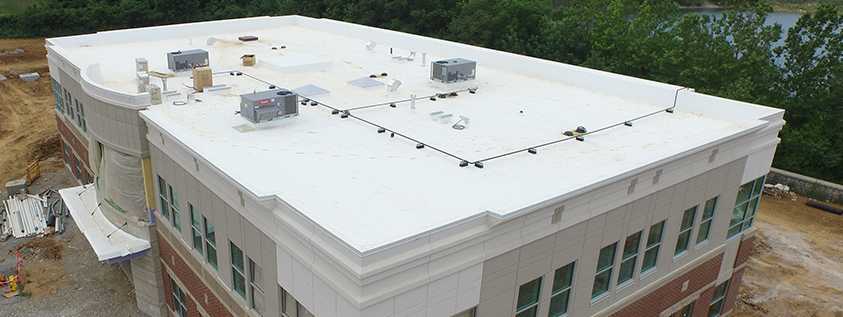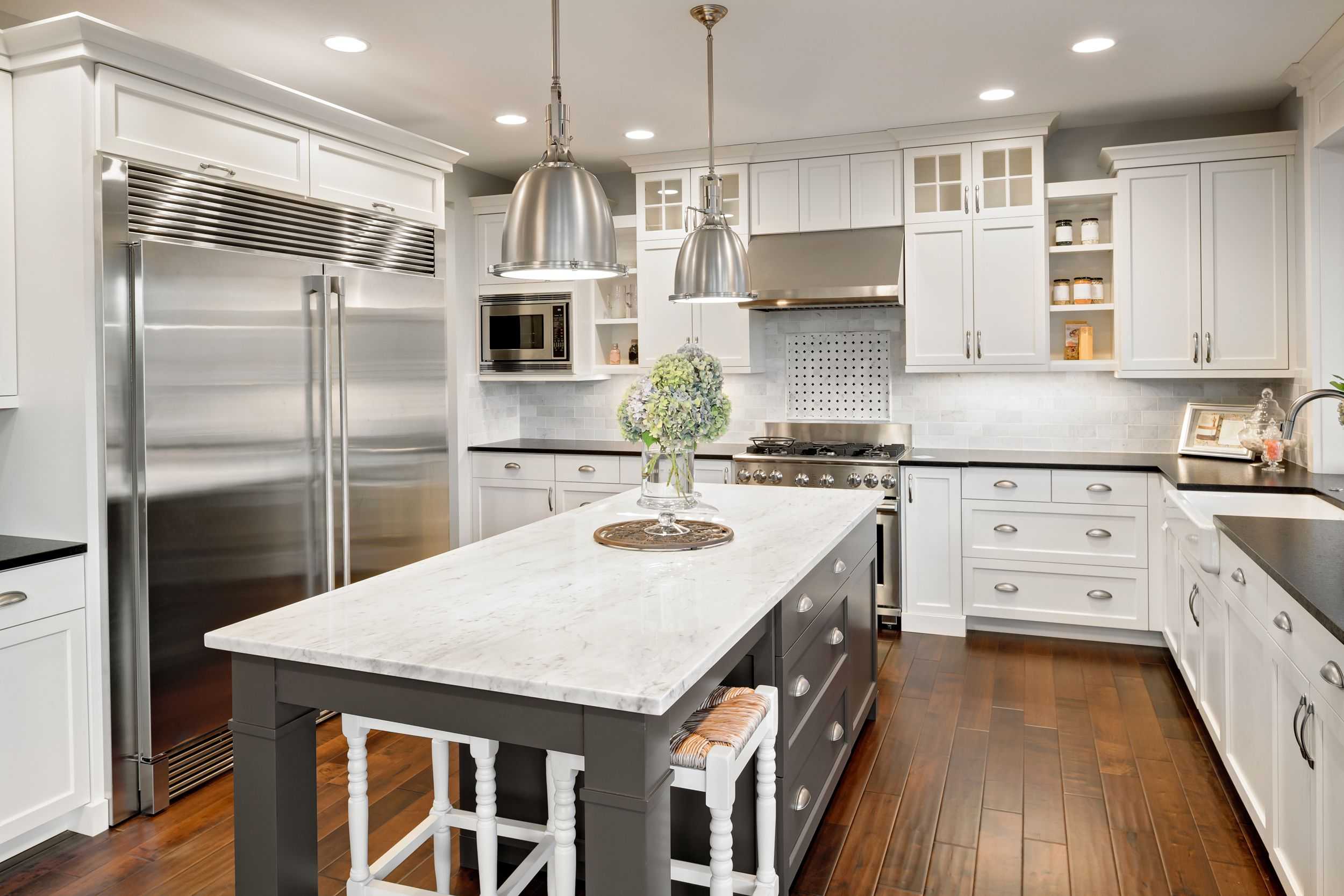Frequently asked questions about roofing
Satisfaction Guaranteed
Why choose Owyhee?
We understand that choosing a company for your roofing needs is no small decision. That's exactly why our community keeps choosing us, year after year! Want to know our secret? Well, it’s not just one thing but a mix that just works.
“I worked with Owyhee Roofing after getting an outrageous estimate on replacing my roof from someone else. They were responsive within one day, and got to work on estimating and scheduling right away. My roof looks beautiful. I worked with Austin and his team. They were professional, punctual, and very respectful of the property and the clean-up afterward. Highly recommend!”

Roofing projects can be a headache when it comes to finances and deadlines. That's why we’re committed to ensuring your money works as hard as we do. We not only guarantee to meet your budget but also stick to the timeline we promise. No last-minute surprises.
- Best in Class Certifications We work with the best suppliers in the industry and have kept an impeccable record with them, allowing for amazing warranties.
- Satisfaction Guaranteed Never be left guessing and be assured that your project will get done on-time, and on-budget.
- New & Old Remodeling With over 25 years of experience in roofing and remodeling, there isn't much we can't help you with.
Ready to team up with Owyhee Roofing, your local Boise roofing contractor? We're just a call or click away, ready to make your roofing experience hassle-free.
Need financing? No problem.
We get it—these projects can be a chunk out of your wallet. That's why we offer tailored financing options, making sure your roof is rock solid without your budget caving in. We’re not just building roofs; we’re building trust, one shingle at a time.
Learn more about financing

